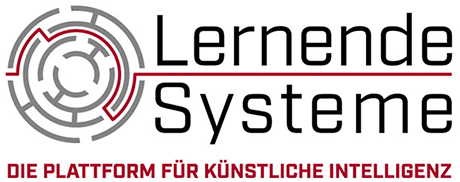Mobility
Ensuring safe, intermodal and connected transport
The mobility of the future will be affected by learning systems of various types. Land, water and air transport will become increasingly automated; vehicles as well as road and rail systems will be connected. When used smartly they can increase traffic safety and optimize traffic flows.
Many modes of transport are already highly automated, for example autopilot functions in aviation and rail transport or driver assistance systems in passenger cars. There are also various different platforms which use real-time data, for example to show the location of car-sharing vehicles, or which offer mobility services such as booking portals and delay advisory services for trains and buses. The interlinkage of different modes of transport and their connection to the surrounding IT and transport infrastructure will enable digital recording of traffic flows and user behaviour. This information provides the basis for development for learning systems in the mobility sector.
Learning systems hold great potential for handling the current challenges facing mobility. Methods of artificial intelligence will improve the environment perception of connected cars and thus make traffic safer. Connected cars can also analyse traffic flows in real-time, avoid traffic jams and adopt a more efficient driving style to reduce pollutant emissions. Automated driving and networking in rail transport can be implemented to use certain routes more efficiently and to optimise driving processes. The entire system can become more resilient by making robust adaptations to new situations.
Learning systems are being developed for all modes of transport. Their applications range from unmanned delivery drones and connected rail systems with autonomous locomotives, to smart mobility in local public transport and car sharing, through to autonomous vehicles. These sometimes competing developments are occurring in the same environments – for example, the existing road and rail network – and are likely to have an immense impact on our society.
It is therefore important that we address the central challenges early on so as to tap the full potential of learning systems for humans and society. These challenges include the design of human-machine interfaces and also the convenience and safety of AI applications in the mobility sector. Related areas such as urban development, electric mobility or smart home technologies must be involved in this process.
These issues are the focus of working group 5 headed by Mr Claus Bahlmann (Siemens Mobility) and Mr Tobias Hesse (German Aerospace Center - DLR) of the Plattform Lernende Systeme.
